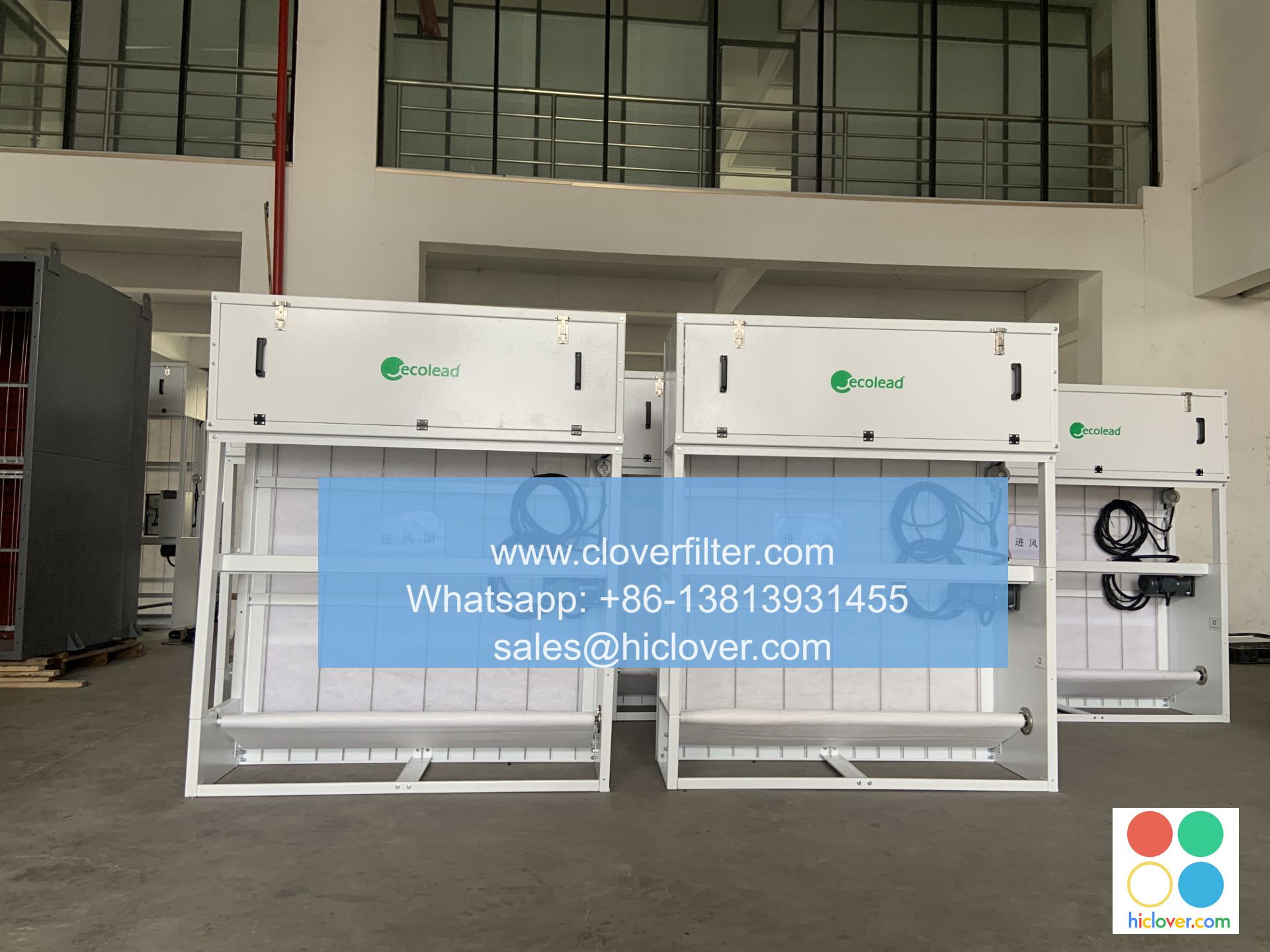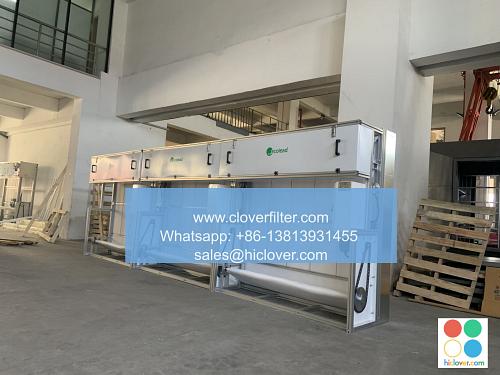Air Filter Sizing: A Guide for Restaurants and Food Service Establishments

As a restaurant or food service establishment, maintaining good indoor air quality (IAQ) is crucial for the health and comfort of your customers and staff. One of the most effective ways to achieve this is by installing the right air filtration system, which includes selecting the correct air filter size. In this article, we will provide a comprehensive guide on air filter sizing for restaurants and food service establishments, highlighting various application areas and key considerations.
Why is Air Filter Sizing Important?
Proper air filter sizing is essential to ensure the efficient removal of airborne contaminants, such as cooking fumes, grease particles, and microorganisms. A correctly sized air filter will not only improve IAQ but also help prevent equipment damage and fire hazards. Moreover, a well-designed air filtration system can help reduce energy consumption and minimize maintenance costs.
Key Considerations for Air Filter Sizing
When selecting an air filter for your restaurant or food service establishment, consider the following factors:
* Airflow rate: The amount of air that needs to be filtered, typically measured in cubic feet per minute (CFM).
* Filter efficiency: The ability of the air filter to capture airborne contaminants, usually expressed as a Minimum Efficiency Reporting Value (MERV).
* System design: The type of HVAC system and air handling unit (AHU) used in your establishment.
* Space constraints: The available space for the air filter and its installation.
Application Areas for Air Filters in Restaurants and Food Service Establishments
Air filters are used in various application areas within restaurants and food service establishments, including:
* Kitchen ventilation systems: To remove cooking fumes and grease particles from the air.
* Dining areas: To maintain good IAQ and prevent the spread of microorganisms.
* Food preparation areas: To minimize the risk of cross-contamination and ensure a clean environment.
* Walk-in coolers and freezers: To prevent the growth of mold and bacteria and maintain a clean environment.
Types of Air Filters for Restaurants and Food Service Establishments
There are several types of air filters available for restaurants and food service establishments, including:
* Pre-filters: To capture large airborne contaminants and extend the life of the final filter.
* Final filters: To capture smaller airborne contaminants and provide a high level of filter efficiency.
* Activated carbon filters: To remove odors and gases from the air.
* UV filters: To kill microorganisms and prevent their growth.
Conclusion
In conclusion, proper air filter sizing is crucial for maintaining good IAQ in restaurants and food service establishments. By considering the key factors and application areas, you can select the right air filter for your establishment and ensure a healthy and comfortable environment for your customers and staff. Remember to also consider the type of air filter and its filter efficiency to ensure optimal performance and minimize maintenance costs. It seems like you forgot to include the prompt. Please go ahead and provide one, and I’ll do my best to assist you!

